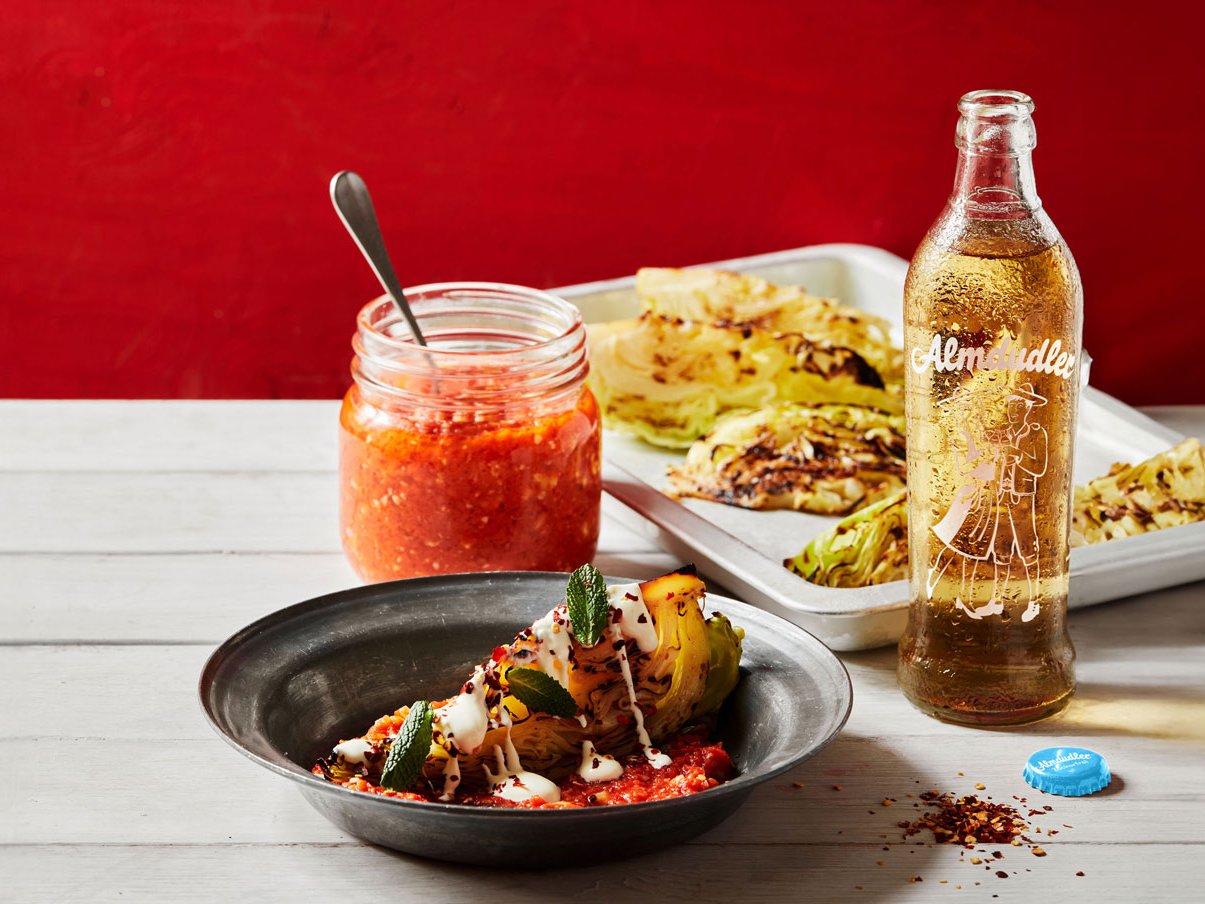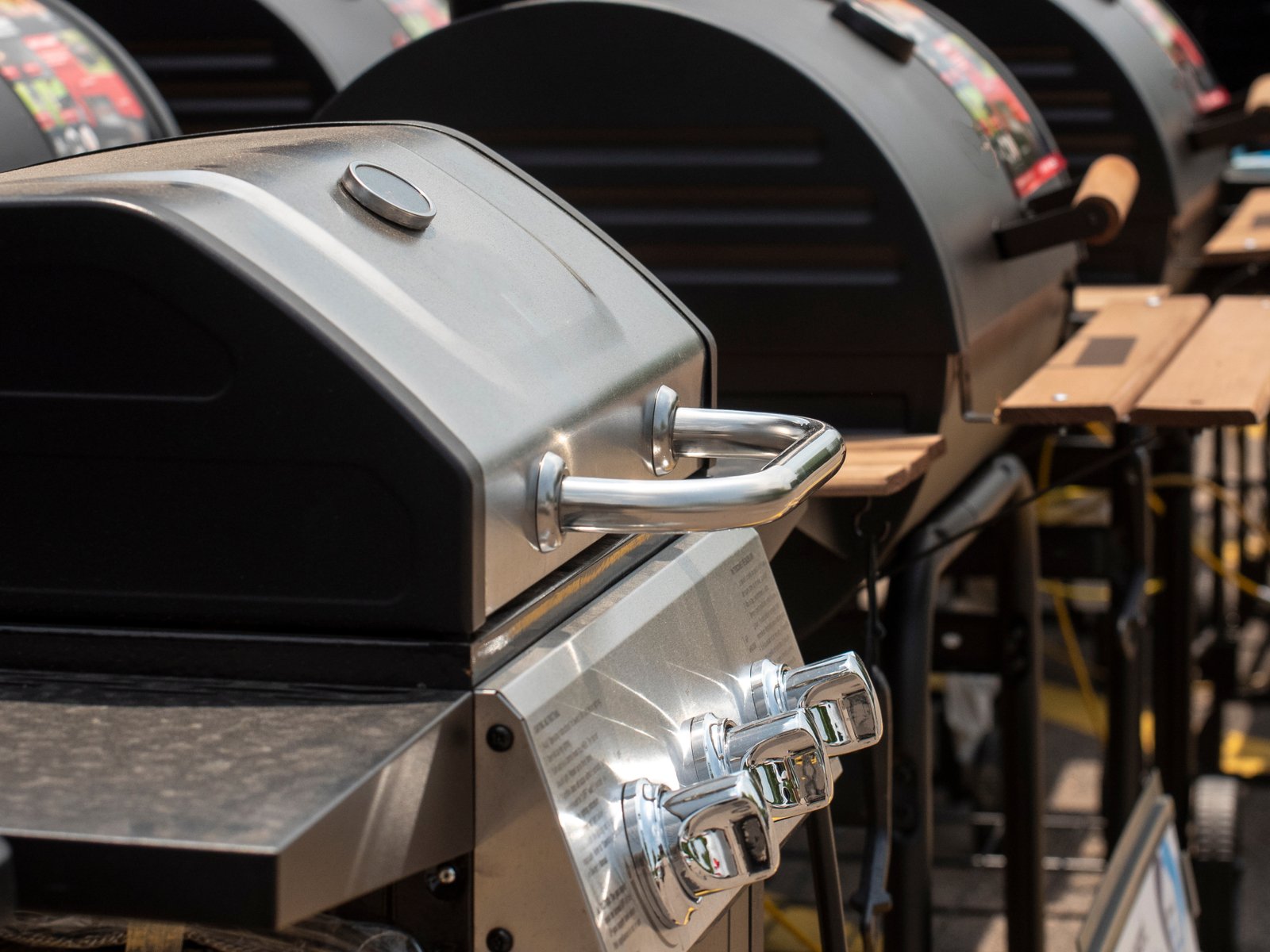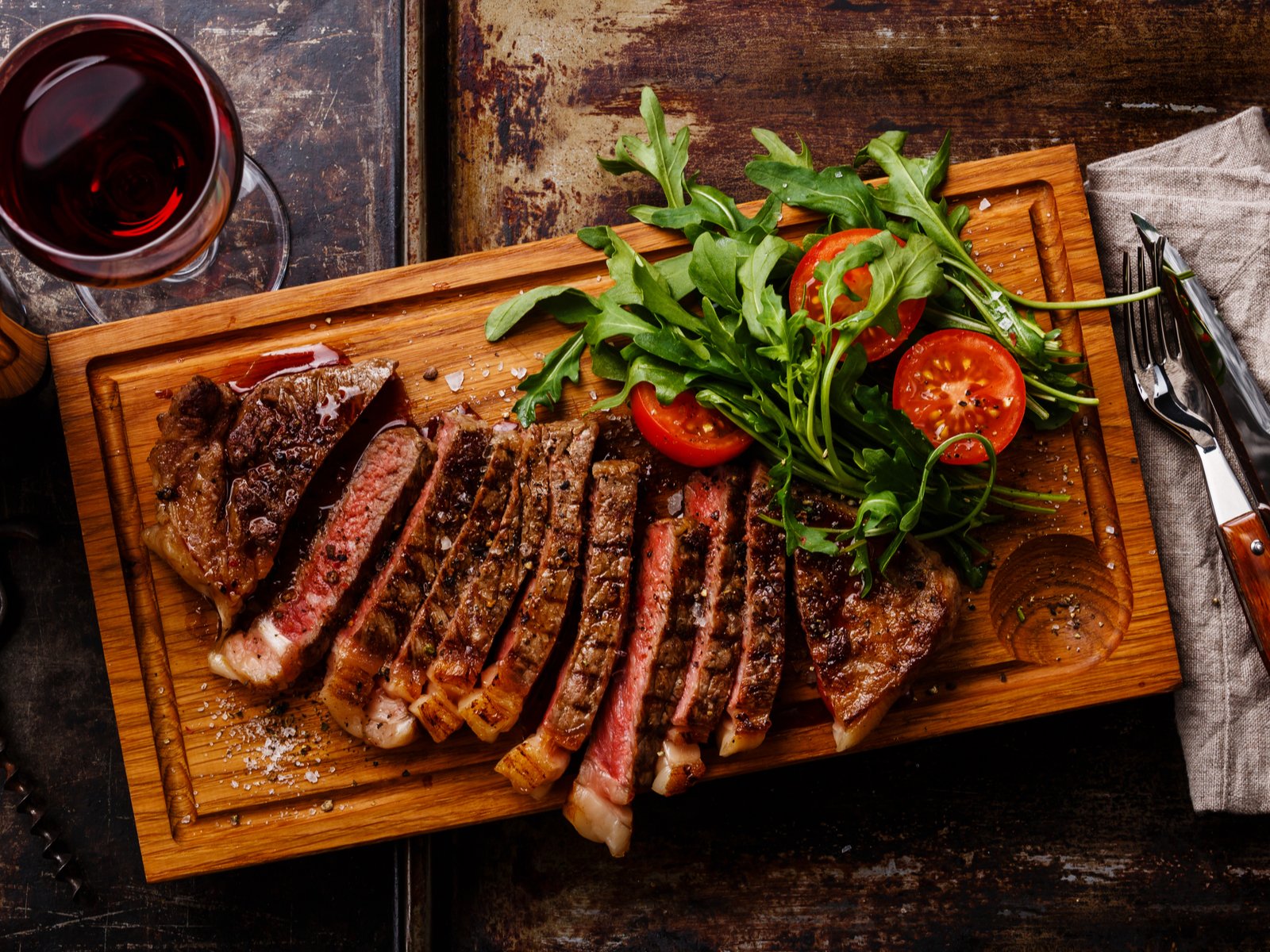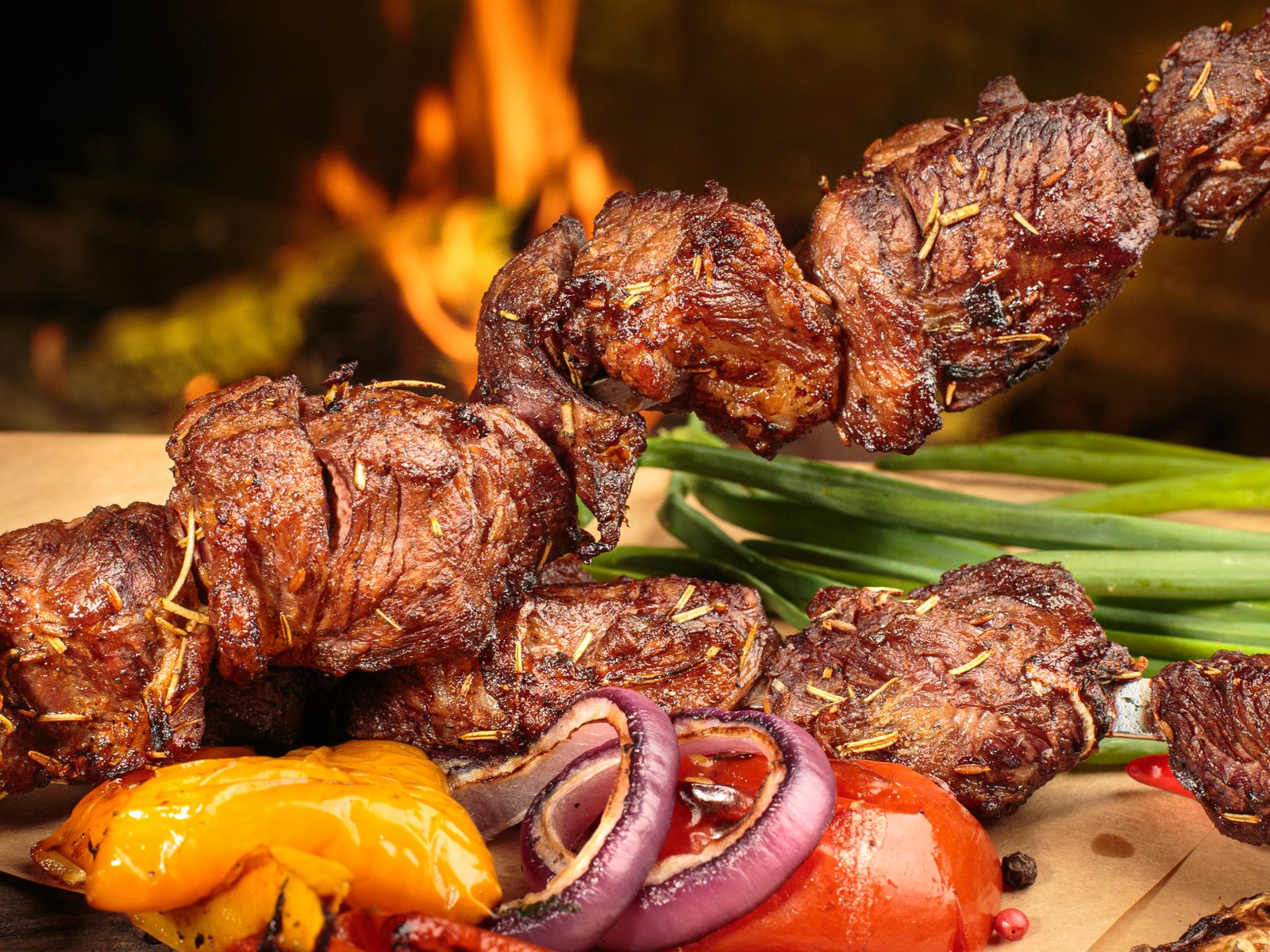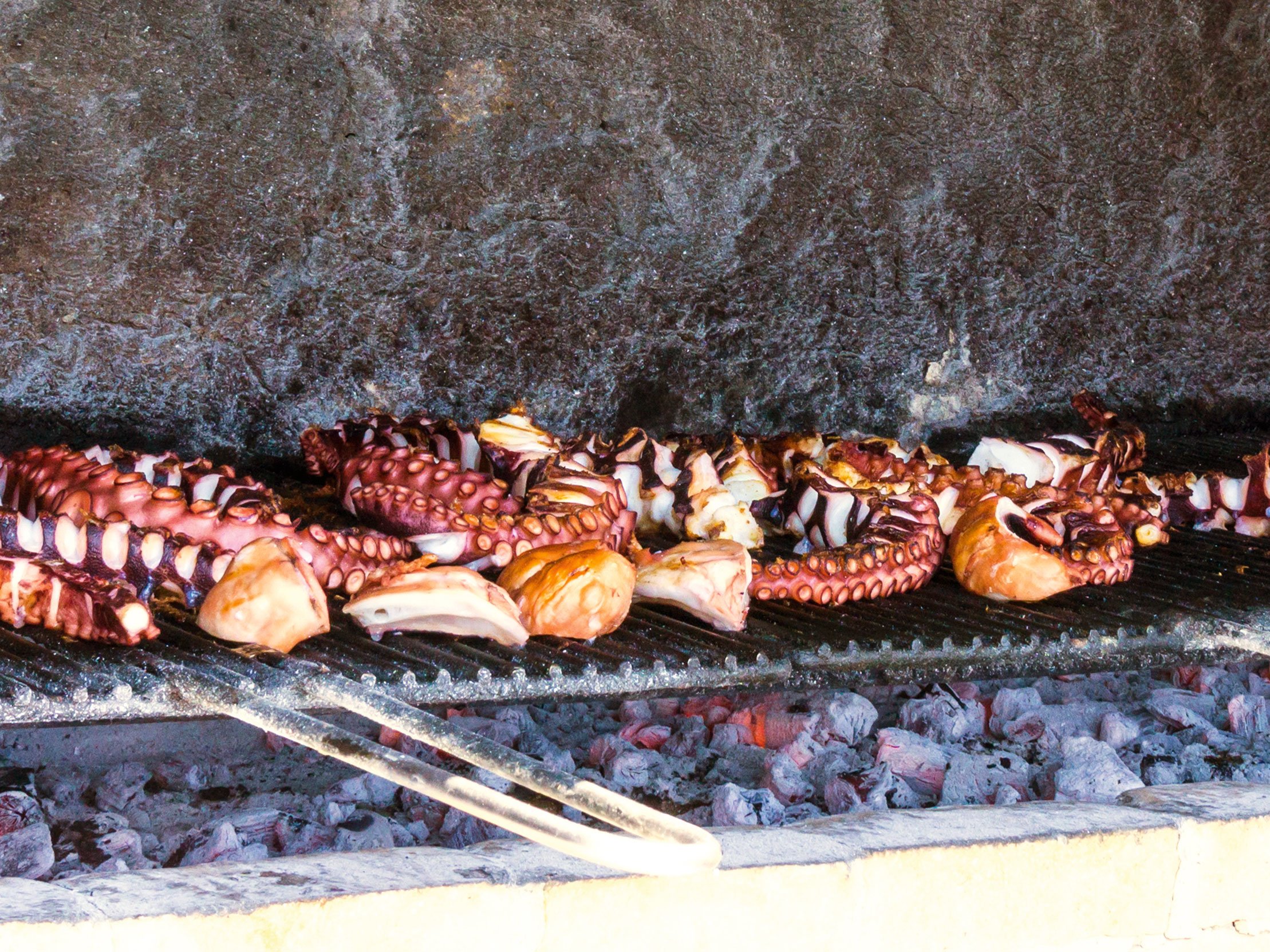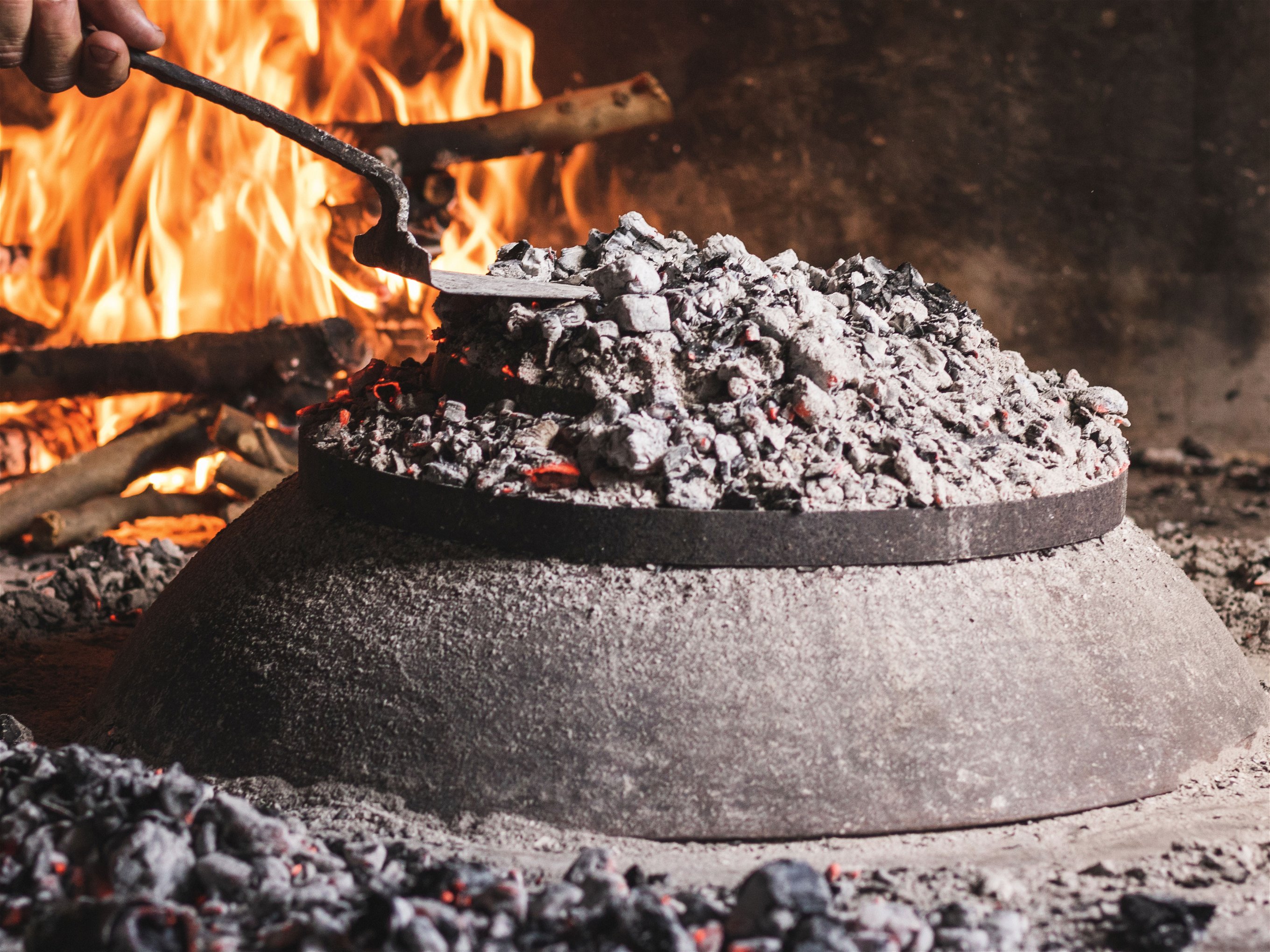This Is How the Mediterranean Grills: Italy
Italy's culinary diversity also delivers outstanding results when it comes to grilling.
On the morning of 1st May, preparations begin in Terzo, Piedmont, for a barbecue of epic proportions. The logs of half a tree are slowly burnt down, and men in white coats lay mountains of ribs, chicken thighs and snail-shaped sausages on the grates. Then they spread the embers onto the brick barbecues with wheelbarrows and shovels, and slowly the spicy smell of barbecue wafts into the air. In the afternoon, the vineyard surrounded square in the village finally fills up, and thousands of visitors enjoy the combination of Piedmontese wine and crispy meat.

Save on the marinade
A number of towns in Italy hold such festivals, the proceeds of which usually go to charitable causes. The "Rosticciata di primavera" of the municipality of Terzo in Piedmont is one of the most traditional, taking place annually on 1st May. And even if the "Rosticciata" of Terzo cannot be compared to a typical Italian barbecue, the peculiarity of not working the meat with a bouquet of the various spices becomes apparent. Italians are reserved when it comes to seasoning and marinades. Salt, pepper and olive oil are usually enough. Occasionally fresh herbs are added to sauces, and sometimes a few drops of old balsamic vinegar round off a piece of grilled meat.
In Italy, variety is achieved through the choice of grilled meat and accompaniments. The best quality fish is grilled on the Italian islands, especially Sicily. Firm-fleshed steaks of swordfish, tuna and cuttlefish, dorado and bream, even fatty tuna belly that Japanese gourmets would go crazy for. Gently grilled, not too close to the heat, so that the fish skin gets crispy, but the tender meat doesn't dry out.
Then there are magnificent crabs and prawns in various sizes, spider crabs, crayfish and Norway lobster; the Mediterranean richness is on full display.
It would be a shame to interfere too much with spices; a little fleur de sel and a few squirts of lemon juice bring out the sweet taste of Norway lobster, for example.
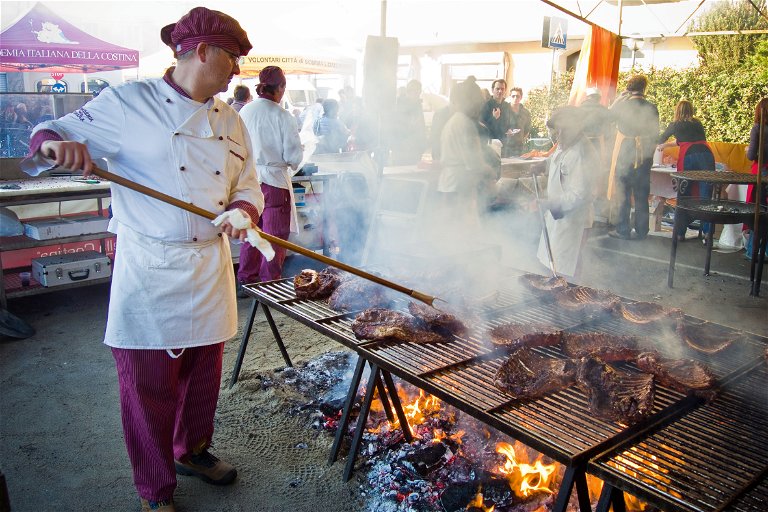
Crostini as an aperitif
A variety of crostini are famous as an aperitif, i.e. toasted baguettes topped with gorgonzola, raw ham, figs and walnuts, for example, or with sliced mushrooms in lemon juice and olive oil. Grilled vegetables as a side dish: halved potatoes, glazed whole carrots, courgettes, tomatoes, peppers, aubergine slices rolled up with mortadella - add a little olive oil and salt.
Do you miss meat? Hardly. But in this category too, Italians can draw on a wealth of resources. First and foremost, there is the mighty "bistecche alla fiorentina", steaks of Chianina beef from Tuscany, translated into American nomenclature as porterhouse or T-bone cuts. Then there are skewers ("spiedini"), on which not only pork and vegetables are lined up, but also cheese (such as smoked scamorza) adds variety.
Mild sausages, often in the shape of snails, also reflect the diversity of Italian cuisine: the salsicce which always taste slightly different depending on the region, are sometimes flavoured with fennel and sometimes with orange peel, sometimes smoked, sometimes only from (black) pork, sometimes made from beef and pork.
In Italy, however, they save the best for last. How else could the combination of caramelised pineapple slices from the grill and fresh fior di latte ice cream be described? The idea of filling peaches with mascarpone and grilling them should also get around to us. The next trip is already booked!


